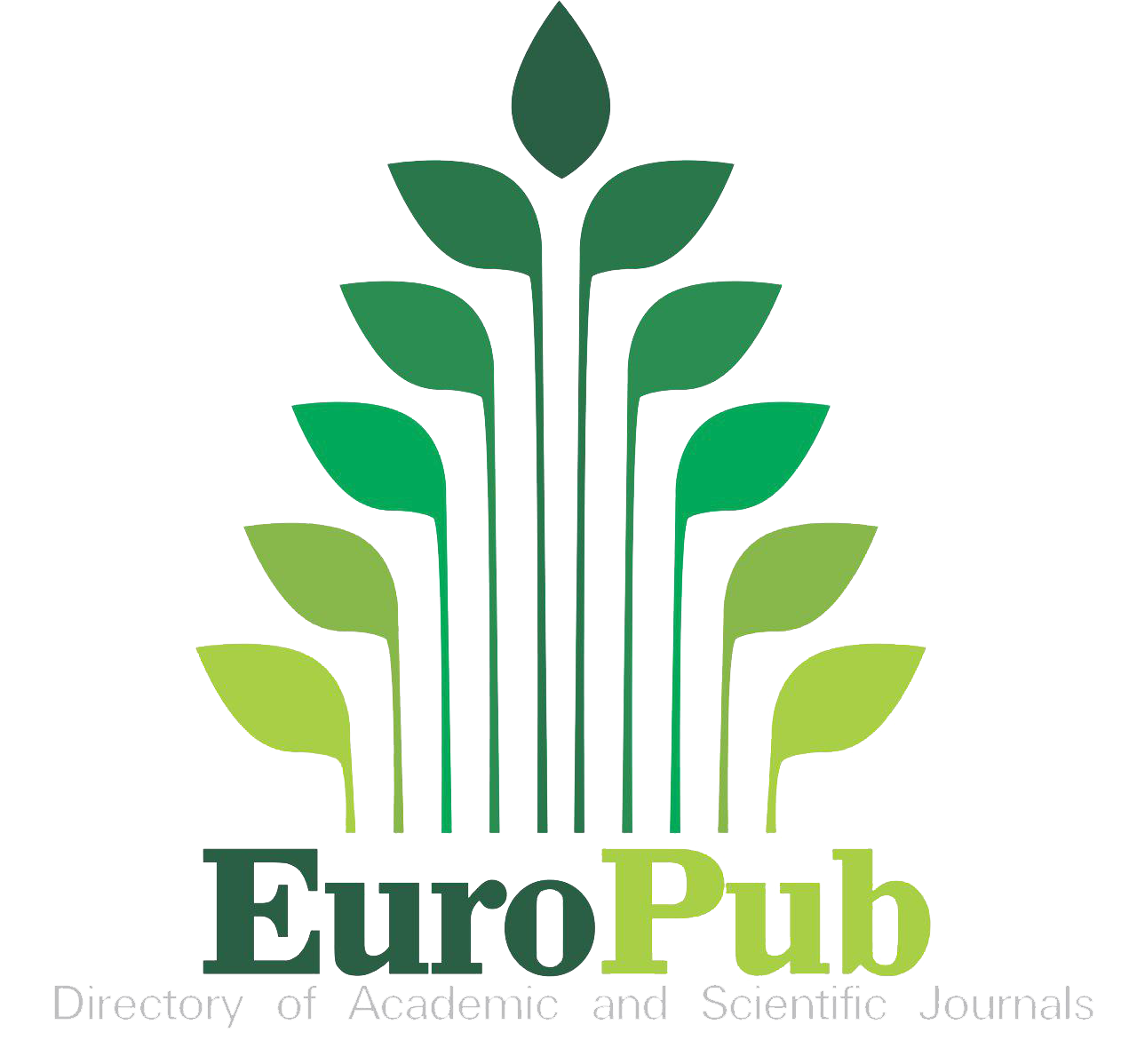| 时间: 2022-03-10 | 次数: |
杨健辉, 方彬, 高腾飞,等.陶粒孔隙对混凝土抗压强度和抗氯离子渗透性能的影响[J].河南理工大学学报(自然科学版),2022,41(2):149-155.
YANG J H, FANG B, GAO T F, et al. Influence of ceramsite pore on performance of concrete strength and chloride ion permeability resistance[J].Journal of Henan Polytechnic University(Natural Science) ,2022,41(2):149-155.
陶粒孔隙对混凝土抗压强度和抗氯离子渗透性能的影响
杨健辉1, 方彬1, 高腾飞2, 余建雨3
1.河南理工大学 生态建筑与环境构建河南省工程实验室,河南 焦作 454000;2.深圳市明咨物联科技有限公司,河南 郑州 450001;3.河南省建设集团有限公司,河南 郑州 450002
摘要:为了探讨陶粒和少陶粒混凝土的孔隙结构特征对其抗压强度和抗氯离子渗透性能的影响,通过电镜扫描(SEM)和气孔结构分析仪分析微-细观气孔结构特征,探讨陶粒在不同取代率时混凝土孔隙直径、孔径率、孔隙率与抗压强度、抗氯离子渗透性能关系,以及基于应力-应变曲线的损伤模型。结果表明:相较于基准组,由于吸、放水作用,陶粒对混凝土抗压强度影响宏观上表现为促进了内养护,细观上表现为孔径小于100 μm的数量相对增加,大于100 μm 的数量相对减少;一定量取代率范围内,混凝土因平均孔径和孔隙率减小使孔隙壁厚度及有效横截面积得到相对提高,从而提高混凝土强度,且在取代率为10%时,抗压强度和弹性模量达到最大值;孔径小于100 μm的孔隙数量增多和非连通孔隙数量增多是提高抗氯离子渗透性能的主要影响因素。
关键词:次轻混凝土;少陶粒混凝土;孔隙结构;氯离子渗透;损伤模型
doi:10.16186/j.cnki.1673-9787.2020050032
基金项目:国家自然科学基金资助项目(41172317);国家十三五重点研发计划子课题(2016YF00702101-3)
收稿日期:2020/05/11
修回日期:2020/09/29
出版日期:2022/03/15
Influence of ceramsite pore on performance of concrete strength and chloride ion permeability resistance
YANG Jianhui1, FANGBin 1, GAO Tengfei2, YUJianyu 3
1.Henan Province Engineering Laboratory for Eco-architecture and the Built Environment, Henan Polytechnic University, Jiaozuo 454000 , Henan, China;2.Mingzi Engineering Consultant Co. ,Ltd. of Shenzhen City,Zhengzhou 450001 ,Henan, China;3.Henan Province Engineering Construction Group Co. , Ltd. , Zhengzhou 450002 , Henan, China
Abstract: To investigate the effect of pore structure characteristics of ceramsite and hybrid aggregate concrete with less ceramsite(HACC) on compressive strength and chloride ion penetration resistance,the microcosmic and microscopic characteristics of pore structure were analyzed by scanning electron microscopy (SEM) and pore structure scanning analyzer.The relationships among pore diameter,aperture rate,porosity and compressive strength,chloride ion penetration resistance of concrete,respectively,under different replacement rate of ceramsite,and the damage model based on stress-strain curves,were discussed.The results showed that the influence of ceramsite on the compressive strength of HACC was because of the effects of water reabsorbed and released by ceramsite,which could enhance the internal curing function.Compared to the control group,the number of pores with diameter smaller than 100 μm increased relatively,and that larger than 100 μm decreased relatively.But,within a certain range of replacement rate,the compressive strength of concrete could be enhanced because both the average diameter of pores and the porosity within concrete were decreasing relatively,which could increase the wall thickness of pores and the effective cross-sectional area.For example,both the compressive strength and the elastic modulus of concrete were the biggest when 10% replacement rate of ceramsite.On the other hand,it was the main influencing factor for improving chloride ion penetration resistance because of the number of pores with diameter smaller than 100 μm increasing,and that of the disconnected pores increasing.
Key words:specified density concrete;hybrid aggregate concrete with less ceramsite;pore structure;chloride ionpenetration;damage model
- 附件【陶粒孔隙对混凝土抗压强度和抗氯离子渗透性能的影响_杨健辉.pdf】已下载次

